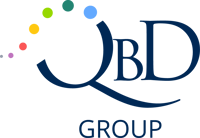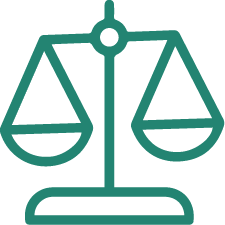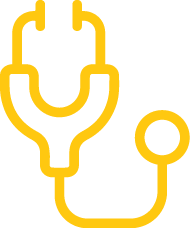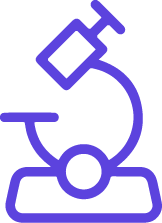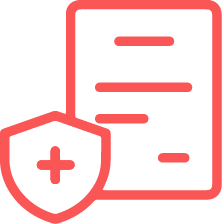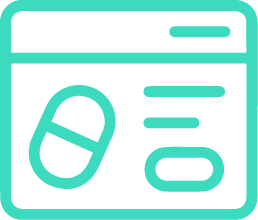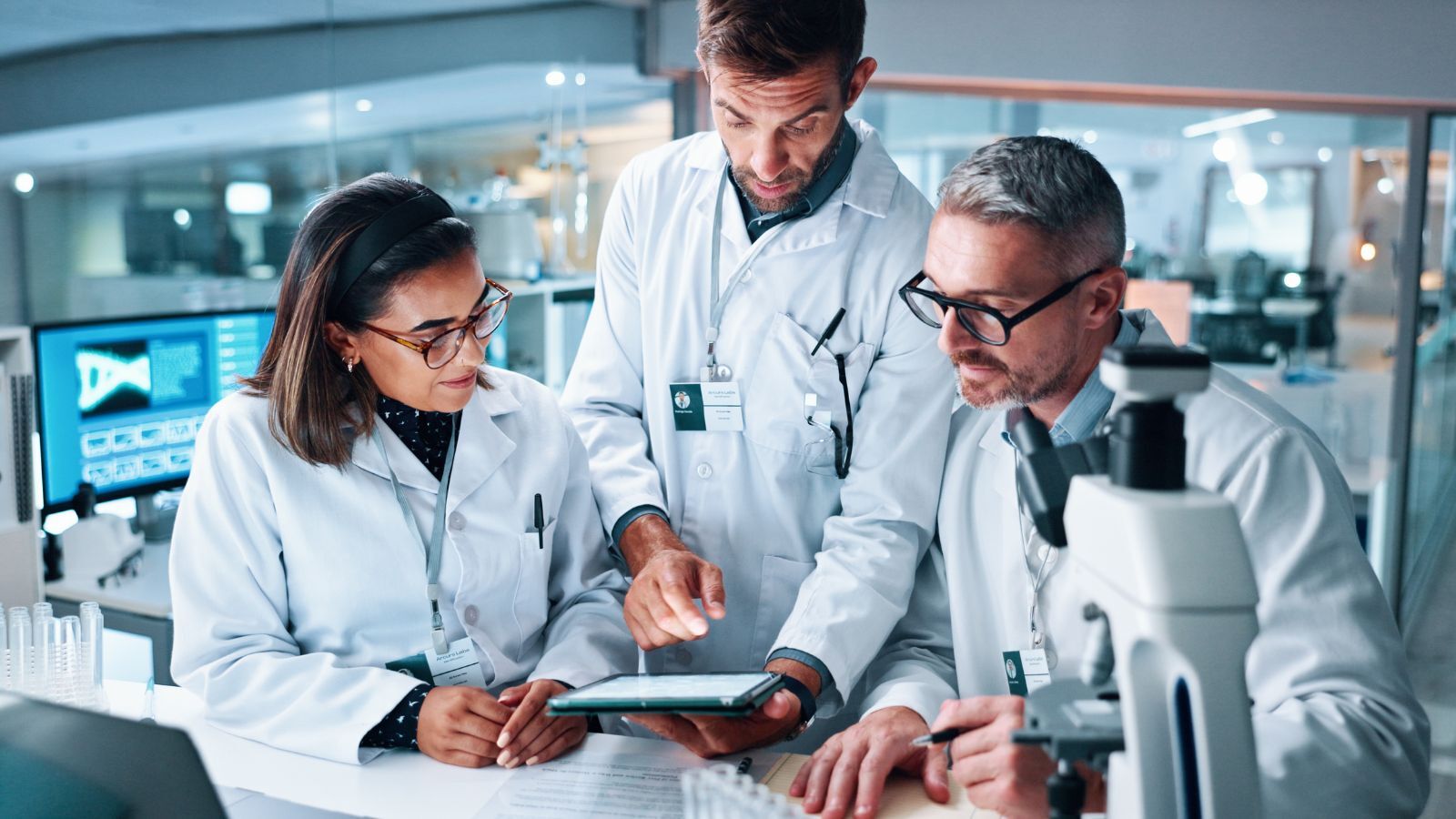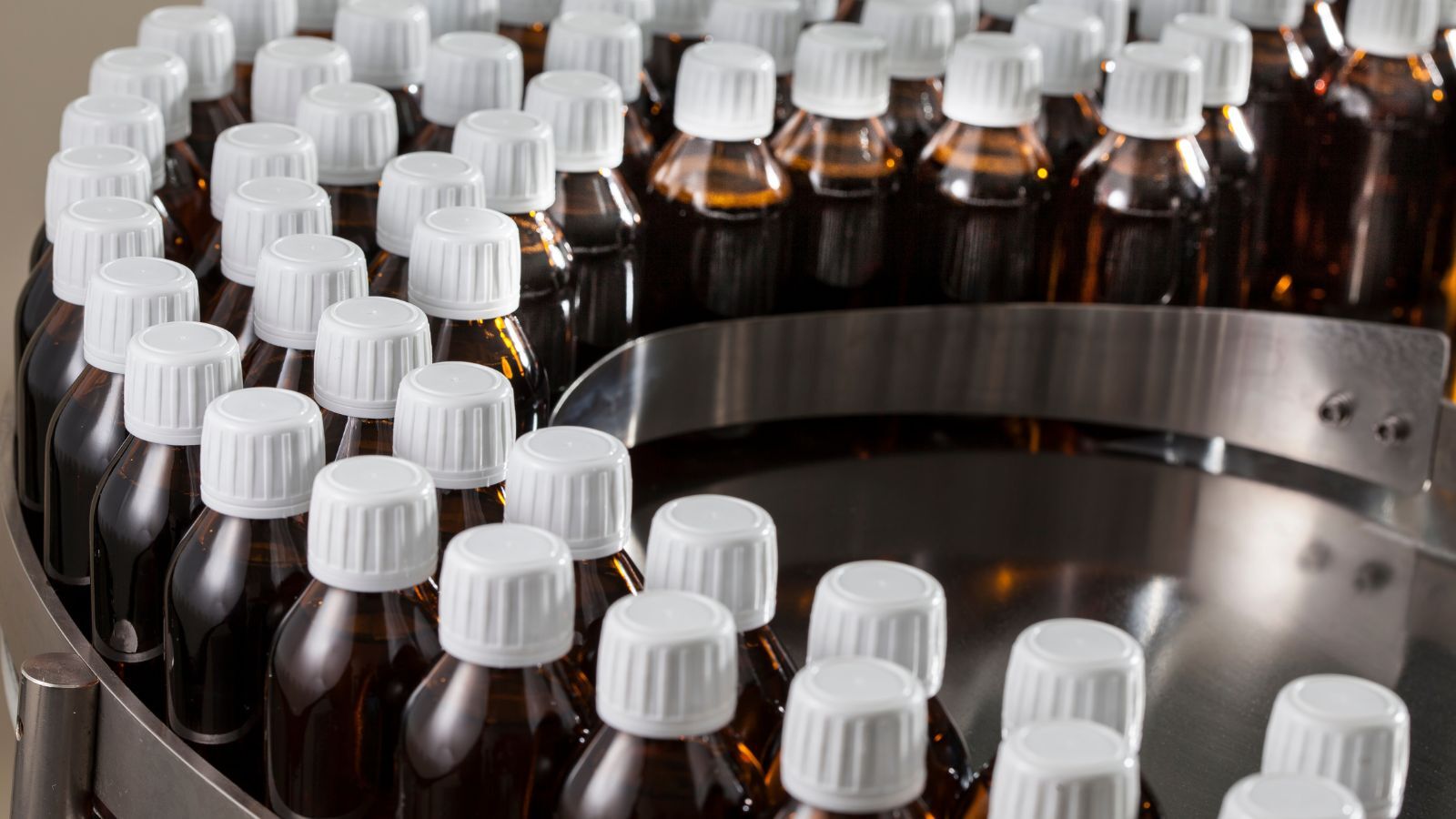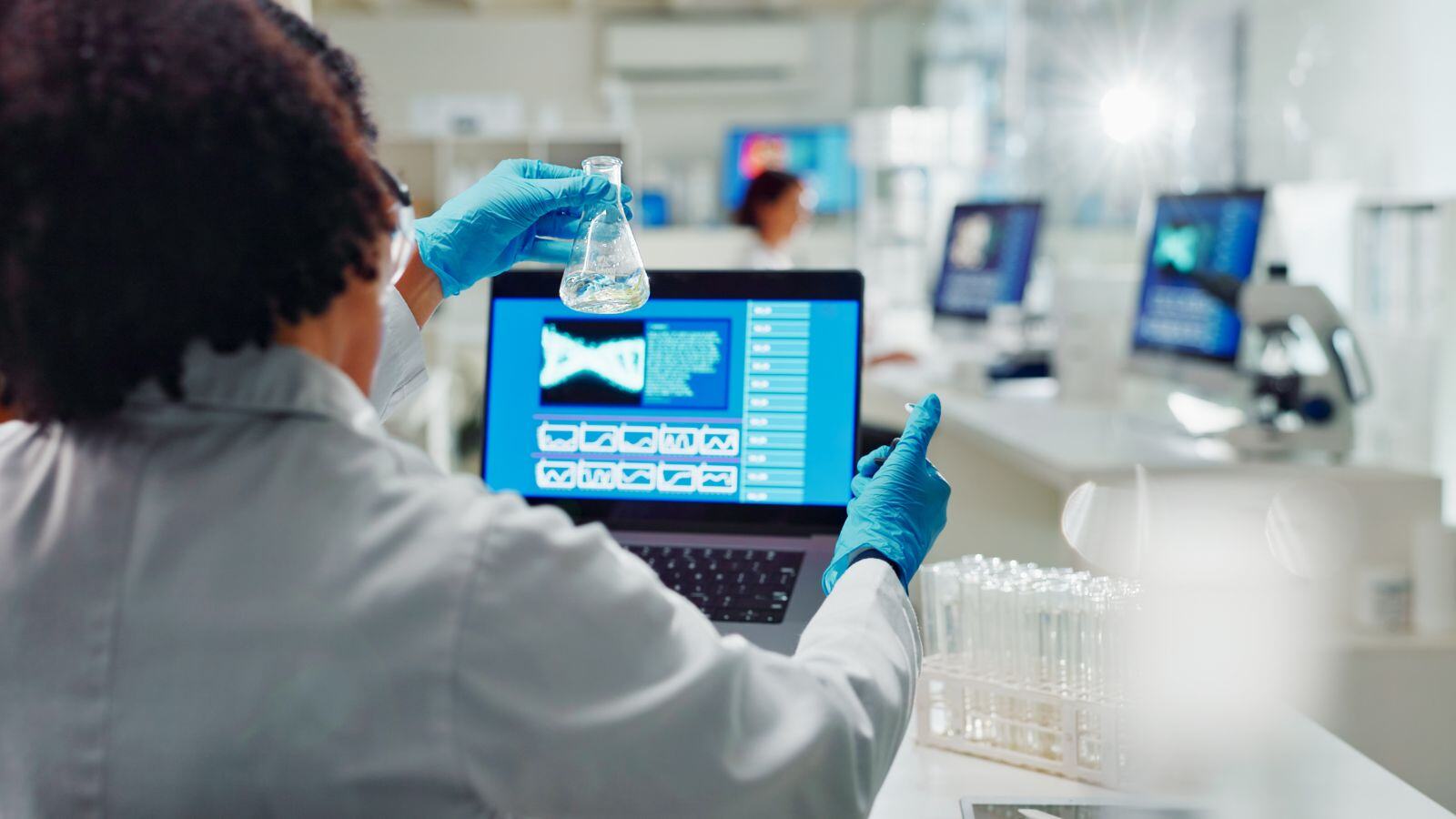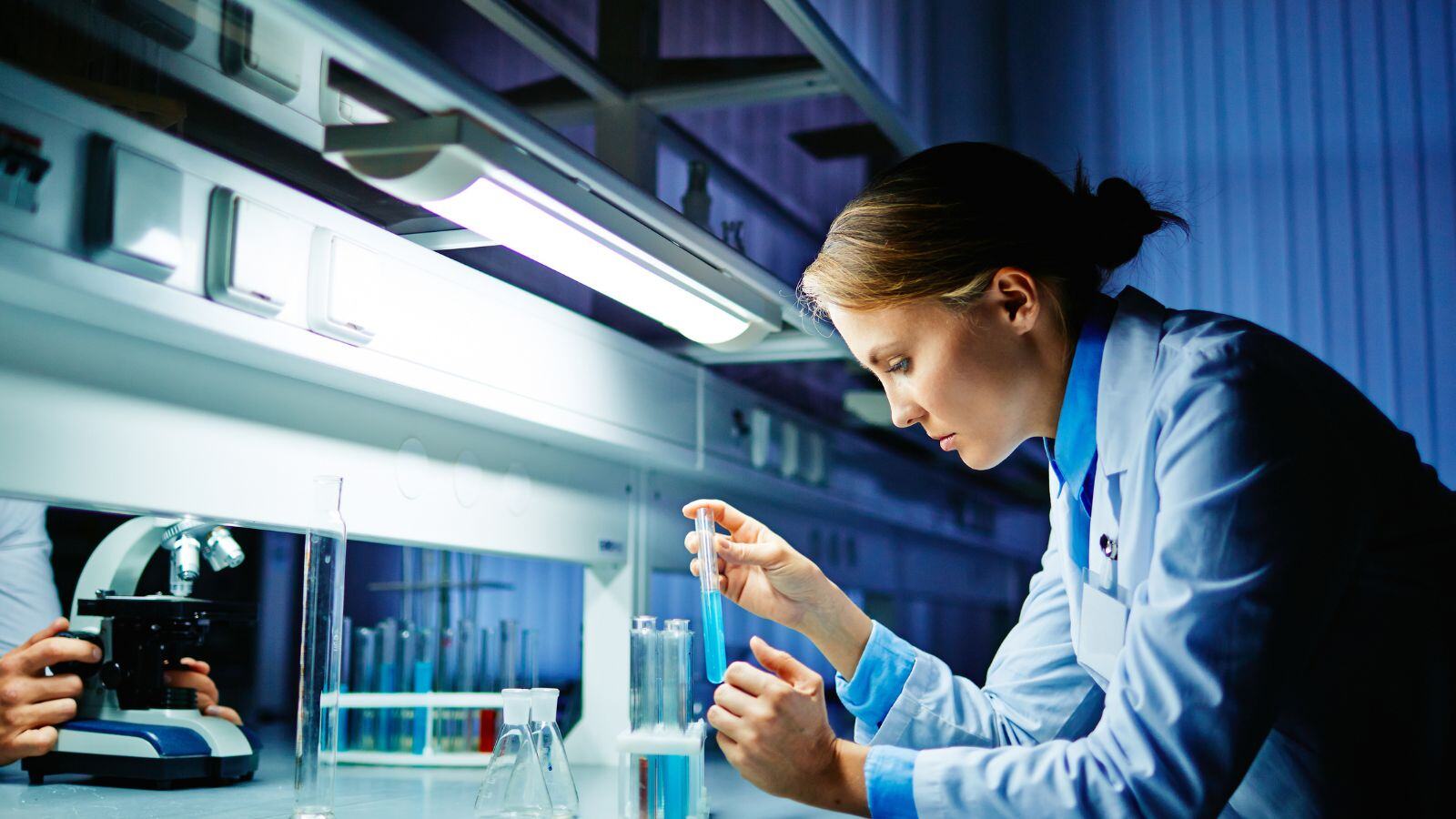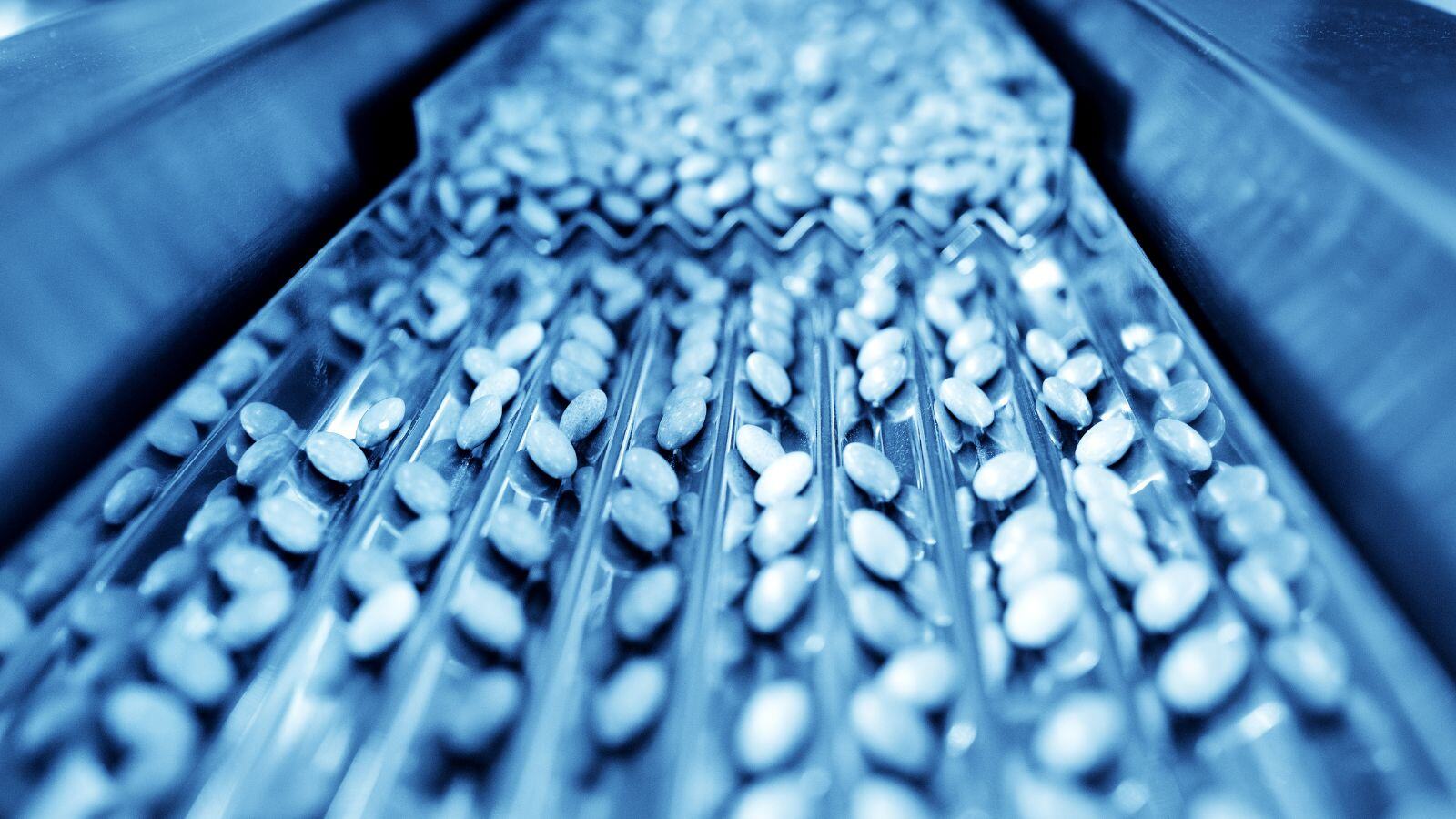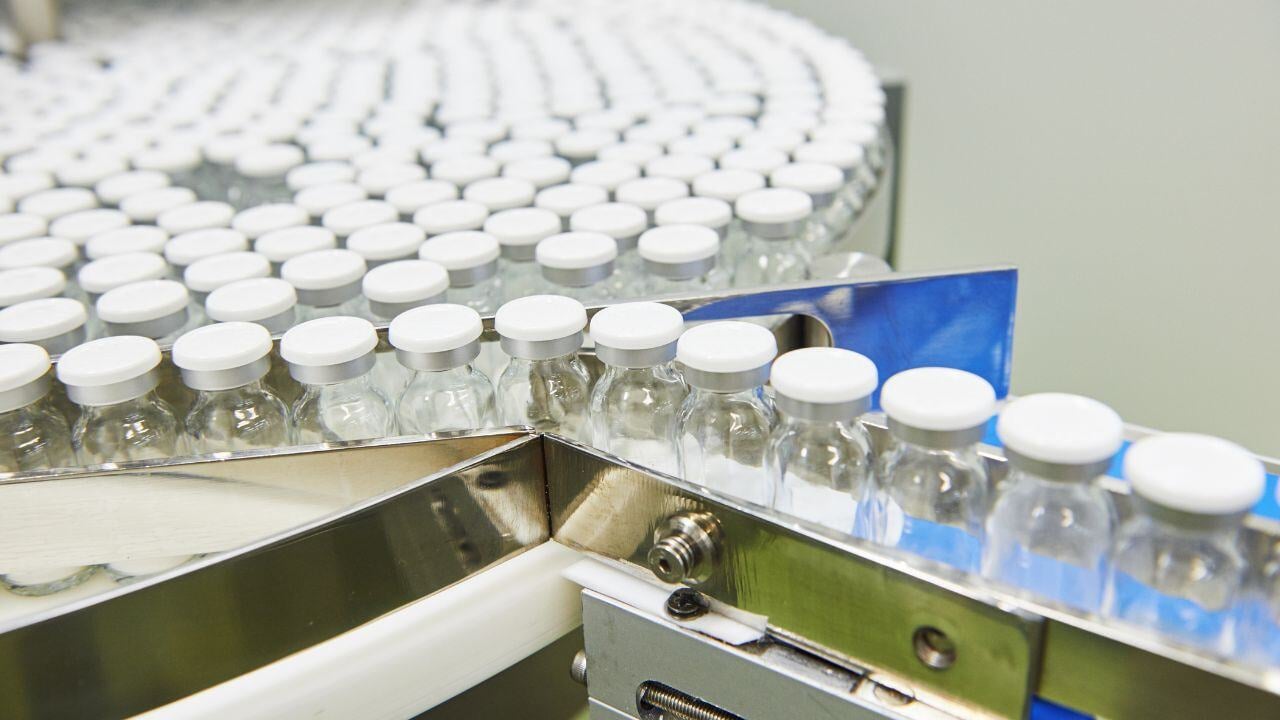Starting January 1, 2026, hospital pharmacies globally must comply with PIC/S standards for their pharmacy preparations, specifically requiring the use of hospital cleanrooms. Is your hospital prepared?
What Are PIC/S Standards?
The PIC/S, or Pharmaceutical Inspection Co-operation Scheme, is an international cooperation program aimed at harmonizing inspection procedures and standards in the field of Good Manufacturing Practices (GMP) across its participating authorities.
Initially established in 1970 as the “Pharmaceutical Inspection Convention”, it transformed into the Pharmaceutical Inspection Co-operation Scheme in 1995 to accommodate both countries and regions with mutual recognition agreements on GMP inspections. PIC/S presently comprises 56 participating authorities coming from all over the world (Europe, Africa, America, Asia and Australasia).
The guidelines produced by PIC/S are designed to ensure that pharmaceutical products are manufactured to high-quality standards, which is critical for maintaining public health and safety.
These guidelines are used as a reference by pharmaceutical manufacturers and regulatory authorities to ensure compliance with best practices in the production and control of medicines.
What Is a Cleanroom?
According to the standard ISO 14644-1:2015, a cleanroom is a specially designed space where the air is kept free from excess particles.
It is built and operated to keep dust and other particles under control. Besides keeping the air clean, the room also regulates other factors like temperature, humidity, and pressure as needed.
Importance of PIC/S Standards for Cleanrooms in Hospital Pharmacies
1. Ensuring Quality and Safety
Hospital pharmacies engage in the preparation and compounding of pharmaceutical products, particularly for formulations that are not available commercially or need to be tailored to specific patient needs.
Adhering to PIC/S guidelines helps ensure that these activities are conducted under strict quality and safety standards, minimizing the risk of contamination, errors, or inconsistencies in medication compounding.
2. Standardization of Processes
PIC/S guidelines help to standardize processes according to international best practices. This includes the handling of raw materials, the use of equipment, environmental control, documentation, and quality assurance processes. Standardization not only improves the quality of care but also enhances the efficiency and reliability of the pharmacy’s operations.
3. Staff Training and Competency
PIC/S offers extensive guidance on aspects such as staff qualifications, ongoing training, and personal hygiene.
By aligning with these standards, hospital pharmacies can ensure that their staff are well-trained and competent in handling pharmaceuticals safely and effectively, which is crucial in a hospital setting where the margin for error is minimal.
4. Regulatory Compliance and Accreditation
It is mandatory to comply with the PIC/S standard, so it is necessary to be ready for inspections and for accreditation purposes, as compliance with internationally recognized standards shows a commitment to quality and safety.
5. Risk Management
The guidelines provided by PIC/S include robust principles for risk management throughout the pharmaceutical supply chain.
Hospital pharmacies can apply these principles to manage risks associated with pharmaceutical compounding and dispensing, thus safeguarding patient health.
6. Building Confidence
Compliance with international standards such as those set by PIC/S helps build confidence among healthcare providers, patients, and regulatory bodies in the quality and safety of the pharmacy’s operations. This is crucial for maintaining the reputation of the hospital as a provider of high-quality healthcare.
7. Enhanced Cooperation and Benchmarking
By adopting PIC/S guidelines, hospital pharmacies can more easily benchmark their practices against other institutions and engage in cooperative efforts with other healthcare entities both domestically and internationally. This can facilitate knowledge exchange and continuous improvement in pharmacy practices.
1. Defining Your Requirements
The initial step in cleanroom qualification is to define your requirements in a User Requirements Specification (URS). This document outlines your cleanroom needs, including specific performance criteria and compliance with regulatory standards.
The URS provides a crucial foundation for all subsequent design and development efforts, ensuring alignment with your expectations from the outset.
Precision and thoroughness at this stage are vital to avoid costly changes and to guarantee that the cleanroom meets all specified requirements.
2. Designing Your Cleanroom
Whether you incorporate your cleanrooms into an existing facility or build a new facility from the ground up, designing a cleanroom should be done with lots of consideration.
Different factors need to be considered when designing your cleanroom:
- Does your cleanroom design facilitate your process optimally?
- Does your cleanroom offer an enjoyable environment for your staff to work effectively?
- What safety precautions need to be considered in the cleanroom’s design?
3. Implementing the Design
After the design phase, the next step is implementing the design into a physical structure. This involves constructing the cleanroom in accordance with the specifications outlined in the URS and the design documents.
Key considerations during this phase include:
- Ensuring that all materials used are suitable for cleanroom standards and will not contribute to contamination.
- Implementing the appropriate air handling systems to maintain particle counts, temperature, and humidity within specified limits.
- Integrating advanced monitoring systems to continuously check the environment and alert for deviations.
4. Validation and Certification
Once the cleanroom is constructed, it must be validated to confirm that it meets all defined requirements and regulatory standards.
It’s key to develop a comprehensive validation plan that includes testing of air cleanliness, pressure differentials, temperature, humidity, and other critical parameters.
This stage ensures that the cleanroom is compliant with industry standards such as ISO 14644-1:2015 and other applicable regulations. The process typically involves:
- Conducting performance qualification tests to validate that the cleanroom operates as intended.
- Engaging in regular calibration and maintenance of equipment to sustain the required conditions.
- Documentation of all validation activities and results for regulatory review and future reference.
5. Ongoing Monitoring and Maintenance
To maintain the operational status and compliance of the cleanroom, continuous monitoring and regular maintenance are essential. It’s important to set up routine surveillance procedures and preventive maintenance schedules.
This ongoing effort ensures the cleanroom remains within compliance and operates efficiently, thereby safeguarding the processes and products within. Activities include:
- Regularly checking and replacing filters and other critical components.
- Continuous monitoring of environmental parameters with real-time data logging.
- Training staff to handle daily operations while adhering strictly to cleanroom protocols.
By following these steps, hospitals can ensure their cleanrooms are not only compliant with regulations but also optimized for functionality, safety, and efficiency, thus supporting the critical services they provide.
Need Help with the Design and Validation of Your Cleanroom?
The building and validation of a cleanroom can be a big challenge for hospitals. QbD Group has become a pivotal force in the life science industry and offers a wide range of design, qualification, and validation services for your processes, applications, and equipment.
We guarantee that your cleanrooms meet demands and comply with regulations. Our experts are happy to assist you with the best validation program in accordance with your available resources.
